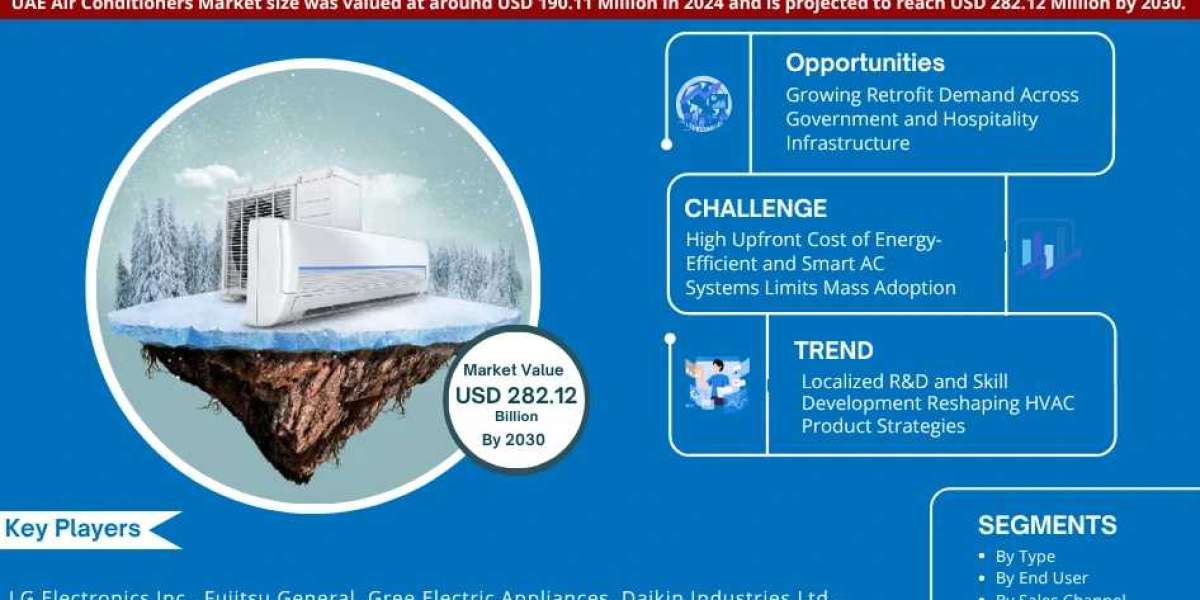The catalytic converter is a crucial component in modern vehicles, playing a vital role in reducing harmful emissions and ensuring compliance with environmental regulations. As the automotive industry evolves, so does the catalytic converter market, influenced by technological advancements, regulatory changes, and shifts in consumer preferences. This article examines the current state of the catalytic converter market, key trends, challenges, and future prospects.
What is a Catalytic Converter?
A catalytic converter is an emission control device that converts toxic gases produced during combustion into less harmful emissions. It typically contains precious metals like platinum, palladium, and rhodium, which act as catalysts in chemical reactions to facilitate the conversion of harmful substances such as carbon monoxide, hydrocarbons, and nitrogen oxides into carbon dioxide and nitrogen.
Current Trends in the Catalytic Converter Market
1. Growing Environmental Regulations
Increasingly stringent emissions regulations worldwide are driving the demand for catalytic converters. Governments are implementing tighter standards to combat air pollution, leading to greater adoption of advanced catalytic technologies.
2. Shift Towards Electric Vehicles (EVs)
The rise of electric vehicles is reshaping the automotive landscape. While traditional combustion engines require catalytic converters, the growth of EVs and hybrid vehicles may impact the overall demand for these components in the long term.
3. Technological Advancements
Innovations in catalytic converter technology, such as improved catalyst formulations and designs, are enhancing efficiency and performance. Manufacturers are focusing on developing converters that can operate effectively at lower temperatures and with reduced precious metal content.
4. Recycling and Recovery of Precious Metals
With the high cost of precious metals, recycling and recovering materials from used catalytic converters are becoming increasingly important. This trend is driving the growth of the aftermarket for catalytic converters and creating opportunities for businesses in the recycling sector.
Challenges Facing the Catalytic Converter Market
1. Volatility of Precious Metal Prices
The prices of platinum, palladium, and rhodium are subject to significant fluctuations due to market demand, mining conditions, and geopolitical factors. This volatility can impact manufacturing costs and profitability for catalytic converter producers.
2. Competition from Alternative Technologies
The development of alternative technologies, such as hydrogen fuel cells and advanced battery systems, poses a challenge to the traditional catalytic converter market. As these technologies gain traction, they may reduce the reliance on internal combustion engines and, consequently, catalytic converters.
3. Counterfeit Products
The presence of counterfeit catalytic converters in the market can undermine the reputation of legitimate manufacturers and pose safety risks. Ensuring product authenticity and quality control is essential to maintaining consumer trust.
4. Regulatory Compliance
As regulations continue to evolve, manufacturers must stay compliant with changing standards. This can require significant investments in research and development to meet new requirements.
Future Outlook of the Catalytic Converter Market
1. Increased Demand in Emerging Markets
As automotive production and sales grow in emerging markets, the demand for catalytic converters is expected to rise. Countries with expanding automotive industries, such as India and Brazil, will play a significant role in market growth.
2. Focus on Sustainable Practices
The industry is likely to see a shift towards more sustainable practices, including the use of recycled materials in catalytic converter production and efforts to reduce the environmental impact of manufacturing processes.
3. Integration with Advanced Emission Control Systems
Future catalytic converters may be integrated with other advanced emission control technologies, such as selective catalytic reduction (SCR) systems, to enhance overall vehicle efficiency and compliance with stringent regulations.
4. Research and Development Investments
Ongoing investments in RD will drive innovation in catalytic converter technology, focusing on improving performance, reducing costs, and increasing the lifespan of converters.
The catalytic converter market is undergoing significant changes driven by regulatory pressures, technological advancements, and shifts in consumer preferences. While challenges such as volatile precious metal prices and competition from alternative technologies persist, the market is poised for growth, particularly in emerging regions. By focusing on sustainability and innovation, manufacturers can navigate the evolving landscape and continue to play a vital role in reducing vehicle emissions and promoting environmental responsibility in the automotive industry. As the market adapts to new realities, the catalytic converter will remain a critical component for cleaner and more efficient transportation.












